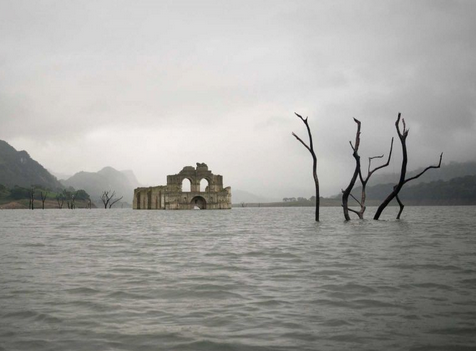The Forgotten Stars of Silent Film
This is a wonderful treasure trove and project.
“You can browse through the Library’s complete database of silent films, which details the 11,000 films made between 1912 and 1929, including the 3,300 that are known to exist”
The Forgotten Stars of Silent Film
(The Atlantic)
The Library of Congress wants film buffs to shout out who—and what—they know during a series of special screenings.
“The majority of silent films are long gone.
Some 70 percent of the movies made in the United States between 1912 and 1929—nearly 8,000 titles—are lost to history, according to a study last year by the Library of Congress. Even many of the existing films from the pre-talkie era are mysteries to today’s scholars.
Once-famous starlets are no longer widely recognizable. Films that wowed audiences a century ago have been all but erased from collective memory. And so, for the third year, the Library of Congress is calling on film buffs, historians, and members of the public to help search for clues in old reels. The smallest fragment of a detail—like the furniture used in a film’s set design—may be the key to unraveling a forgotten work’s origins.
Over the course of a weekend-long series of screenings at the National Audio-Visual Conservation Center in Culpeper, Virginia, next month, attendees will be asked to shout out potentially meaningful details in film as the watch—names of actors, locations, car models, and other clues that might help reveal a film’s origins. Film conservationists already know this approach works. After 204 such screenings so far, more than 100 films have been identified….”
For the complete piece, click here.
Share



